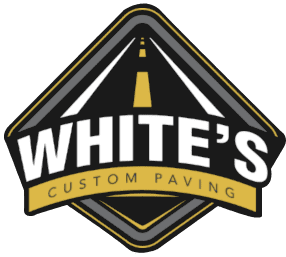ADA Compliance For the Masses
ADA compliance is short for the Americans with Disabilities Act (ADA). But technically, ADA Compliance refers to the modification of the architectural or structural elements of buildings and facilities designed for persons with handicaps. Although ADA compliant activities may include changes to a facility's exterior, many businesses and organizations prefer to focus their ADA compliance efforts on the inside of the facility. In other words, ADA compliant activities usually mean alterations to the interior of the facility, rather than the exterior. But ADA compliance really means much more than simply making changes or adjustments to make a facility more accessible.
ADA compliance is actually a legal requirement for almost all U.S. residents and visitors who are not otherwise prohibited from entering or remaining within a public accommodation. In order to meet this legal requirement, most organizations and businesses now have well developed procedures on how to make changes in their facilities without running afoul of ADA regulations. In fact, a large number of companies now have ADA compliance programs or policies as part of their general public accommodation planning and policy development. These specialized policies provide general guidelines on how to ensure that the various services and amenities provided by a public accommodation are made easily accessible to all individuals who might be disabled.
A great deal of emphasis has been placed on ADA compliance in the last decade because of the increasing presence of individuals with disabilities in the workforce. According to the American Psychological Association, disability impacts nearly one in five American adults, and almost half of these adults are women. Individuals with disabilities often face unemployment and a variety of barriers to gain employment. Therefore, it is not surprising that disability-based ADA compliance is an important part of every business's or organization's public accommodation planning and policy development.
Businesses and organizations have developed ADA compliant website content in a variety of fields, such as advertising, communications, employee relations, financial services, healthcare, hospitality, legal, marketing, and technology. In each of these fields, a variety of websites are available for ADA compliant portal access. Some of the most popular websites for ADA compliance include: The White House ADA Website, which provides a plethora of information on the federal government's ADA website; The U.S. Department of Education's Office of Fair Housing and equal opportunity policies, which provides extensive information on housing law regarding accessibility for disabled individuals; The Centers for Medicare Services' Medicare Accessibility Center, which provides accessible home page information on various Medicare issues pertaining to the law. Several state governments provide similar ADA compliant websites, as well. Most business organizations retain local ADA office staff to provide ADA assistance at meetings and seminars. You may also contact local government agencies to find out what ADA compliance requirements apply to your particular area.
In addition to creating ADA compliant websites, organizations and businesses must also take additional steps to become more accessible to individuals with disabilities. ADA Compliance Kit is a series of thirteen kits, which include comprehensive guidebooks and pamphlets that explain the legal standards governing ADA compliance. These documents provide detailed descriptions of the various types of accommodations that are required to make people with various types of disabilities able to become wheelchair accessible or use devices like walkers or scooters. Individuals who are interested in obtaining ADA training should also check their local government offices to see if they require any training or other assistance to achieve ADA compliance.
The guidelines describe the format of the Kit and give details on the accessibility of web content and other written materials. The Web Content Accessibility Guidelines outline four steps that should be followed to ensure ADA compliance. Once these four steps have been completed, individuals and businesses can apply for ADA approval.
In order to successfully complete the application process, it is necessary to obtain a letter of authorization from an individual with a disability. Individuals and businesses should not attempt to complete the application without the proper forms. A copy of the letter of authorization is then included on the ADA compliant website. To make websites more accessible for people with disabilities, many companies also make their website content accessible by using Braille fonts instead of full color. Braille text makes websites easy to read for most people. Using this option helps individuals who cannot see print to easily access websites.
ADA compliance requires organizations to take action. Without ADA compliance, individuals with disabilities will not be able to fully participate in American society. ADA compliance can be achieved by contacting the local government agencies and by ensuring that all regulations are met. Individuals who need assistance with getting ready for ADA compliance should also check the government's ADA website. Websites of state and local government agencies are also great sources for information on ADA compliance and tips for achieving ADA compliance.



